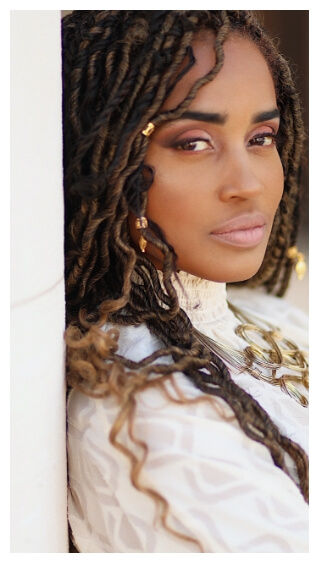What Are My Options For Breast Reconstructive Surgery?
Posted July 28, 2016 in Practice News

1 in every 8 women are affected by breast cancer, and must wrap their mind around the possibility of losing their breasts. While some women survive cancer with their breasts intact, many others opt for a double mastectomy in order to fully remove cancerous tissue and prevent it from coming back. A mastectomy is a dramatic procedure that removes as much of the breast tissue as possible, leaving survivors with a flat chest. Some patients wear protheses to regain their curves, while other survivors are content with their post-surgical appearance. However, women who are concerned about losing their breasts should consider their options for breast reconstructive surgery. The benefits of breast reconstruction surgery go beyond aesthetics. In fact, a recent review in the Journal of the American College of Surgeons found that women who choose breast reconstruction show improvements in mental health, social functioning and body image, compared to those who don’t.
What Are My Options For Breast Reconstructive Surgery?
There are two types of breast reconstructive surgery: implant reconstruction and autologous reconstruction. Implant reconstruction is a popular procedure that involves using a saline or silicon implant to create the breast mound. Autologous reconstruction, also known as flap reconstruction, is a state-of-the-art procedure that involves using skin and fat from somewhere else on the body (usually the abdomen or buttocks) to create all-natural breasts. Flap reconstructive surgeries last three to eight hours, while implant reconstructive surgery can be completed in as little as an hour.
When Should I Have Breast Reconstructive Surgery?
Breast reconstructive surgery is an extensive process that is usually completed in stages. The implant reconstruction process begins with the plastic surgeon inserting expanders under the skin of the chest to create space for implants. The expanders can be inserted immediately after mastectomy or at a later date. The benefit of adding expanders immediately after your mastectomy is that you’re already under anesthesia and can avoid a second surgery day. Patients can continue to undergo radiation while the expanders are in place. Talk to your oncologist and plastic surgeon to see if this if this is an option for you. Patients who feel overwhelmed by the mastectomy recovery process may choose to begin the breast reconstructive surgery process later.
The expanders remain in place for as little six weeks and as long as six months. While the expanders are in place, patients pay regular visits to Dr. Talbott who gradually adds saline to the expander until the desired breast size is achieved. Once the patient feels healthy and happy with the size of their breasts, a surgery day is scheduled, during which time the extenders are replaced with implants.
Recovering from Breast Reconstructive Surgery
How long it takes to recover from breast reconstructive surgery depends on what type of procedure was performed. For example,the recovery time for implant reconstruction surgery is significantly shorter than the recovery from flap reconstruction. Implant reconstruction is typically completed as an outpatient surgery, which means that patients go home after spending a few hours in the recovery room. Most implant reconstruction patients return to their normal activities two weeks after surgery, although strenuous activity should be avoided for six weeks.
Flap reconstruction surgery involves multiple surgical sites, which means that the recovery time is longer. Patients typically spend about five days in the hospital recovering from surgery before going home. It takes six to eight weeks to recover from flap reconstruction surgery, during which time patients must abstain from sex and exercise. Dr. Talbott provides all breast reconstruction patients with detailed post-operative instructions, painkillers, and compression garments that can be worn to reduce pain and inflammation. She keeps in touch with patients throughout the recovery process to ensure that they are healthy and happy with their results.
To discuss your your options for breast reconstructive surgery, schedule a consultation with board-certified plastic surgeon LaDawn Talbott. You can also view before and after photos of her work here.


